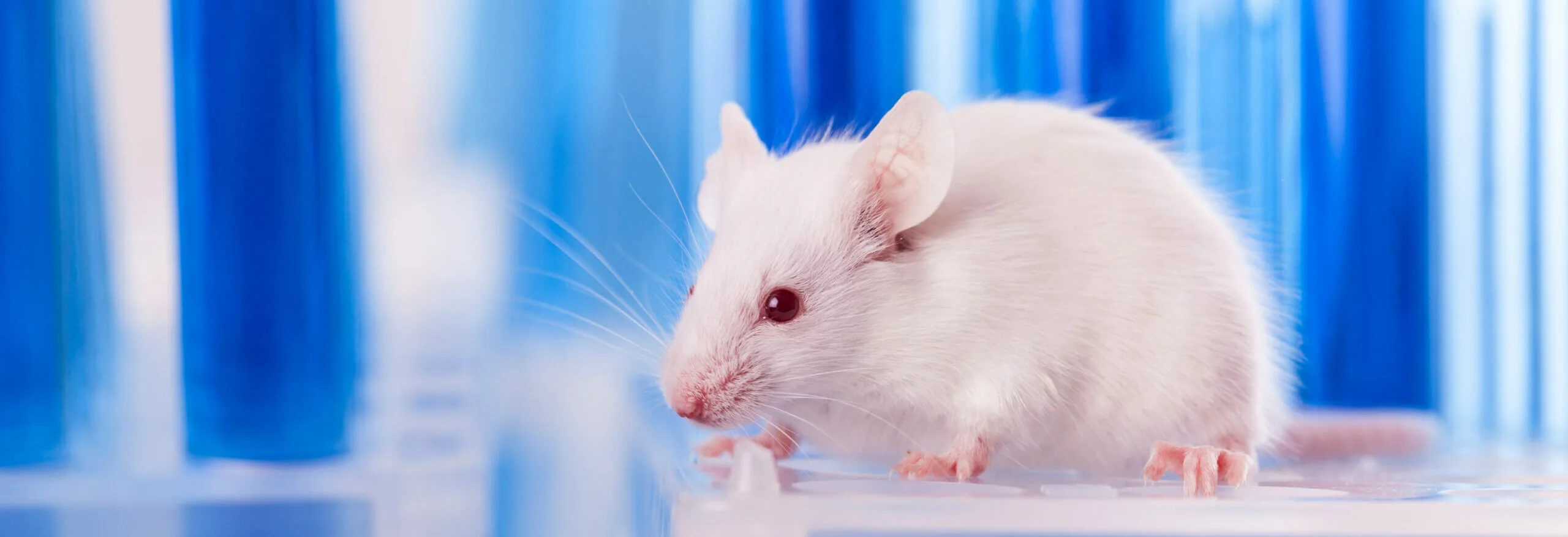
Following Europe’s commitment over a decade ago to ultimately replace animal testing, the number of reliable non-animal alternative methods is on the rise. Despite this, Europe’s regulatory acceptance of alternative approaches to animal testing lags behind. Furthermore, new data requirements from the Chemicals Strategy for Sustainability (CSS) risk increasing the number of animals used. According to some estimates provided by Cruelty Free Europe an additional 4 million animals may need to be used in Europe. During a high-level conference organised by the European Partnership for Alternative Approaches to Animal Testing (EPAA), Cefic reaffirmed the EU chemical industry’s commitment to developing alternative approaches to animal testing and called on European leaders to increase the level of ambition.
Better, faster, and human-relevant safety assessment will accelerate innovation in safe and sustainable chemicals, said Marco Mensink, Cefic Director General. Yet there are significant hurdles to overcome, including an understanding that New Approach Methodologies (NAMs) are not a one-to-one replacement for current tests and increased confidence that NAMs-based safety assessments ensure the same level of protection as animal testing. But above all, current European regulation is not fit for purpose, a paradigm shift is needed in safety and hazard assessment of chemicals towards a faster and more efficient model in Europe.
In the short term, the revision of REACH and Classification, Labelling and Packaging (CLP) regulation are key opportunities to accelerate the regulatory uptake of NAMs by reflecting new science in alternative methods. But we know the road to fully replace animal testing will be a long one which will require both a short and long-term plan.
“The Commission is committed to developing a European roadmap towards modernising chemical testing regulations…we hope this will set an example for other policy areas that still use many animals.”
Joanna Drake, Deputy Director General, DG RTD – European Commission
Marco Mensink agreed that the development of the roadmap which outlined short-, medium- and long-term actions is crucial. This should be coupled with a shared and bold commitment by European leaders to phase out animal testing and jointly develop a system that moves towards a faster and more efficient model.
“We want to see Europe as ambitious as the US and Canada, which have committed to phasing out animal testing and have an ambitious work programme in place.”
Marco Mensink, Cefic Director General
Collaboration across Europe and at international level will also play an important role towards the development and validation of NAMs, together with the adoption of regulatory changes across the United Nations and Organisation for Economic Co-operation and Development (OECD).
“We need a better coordinated cross-sectoral, an EU-wide approach across all Member States and all European agencies. ”
Tilly Metz, Member of the European Parliament
The EU chemicals industry continues its efforts to advance progress in alternative approaches to animal testing, through partnerships to support alternative methodologies and optimise awareness as well as investments in alternative testing research.
Read more about Cefic’s actions to advance alternative approaches to animal testing.










